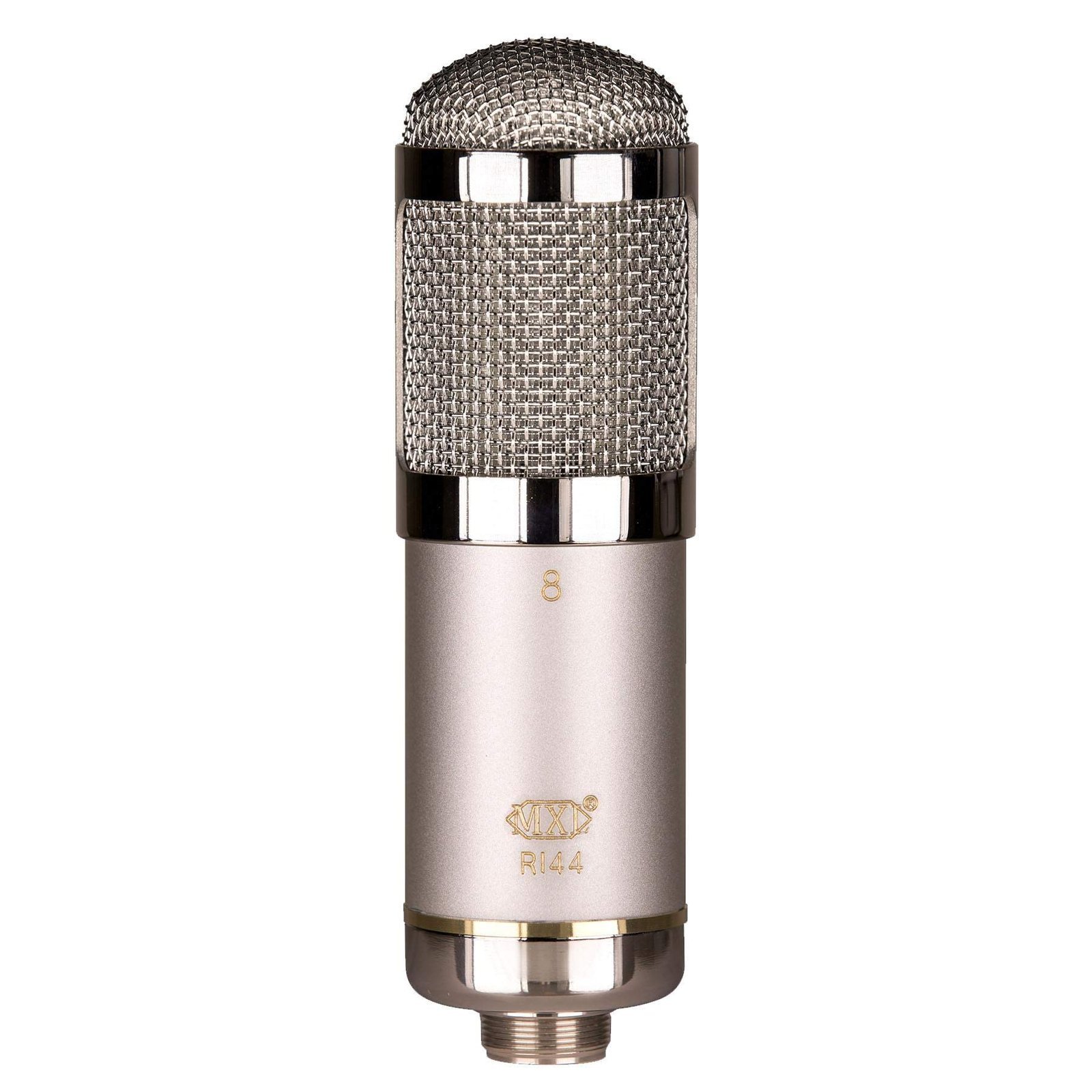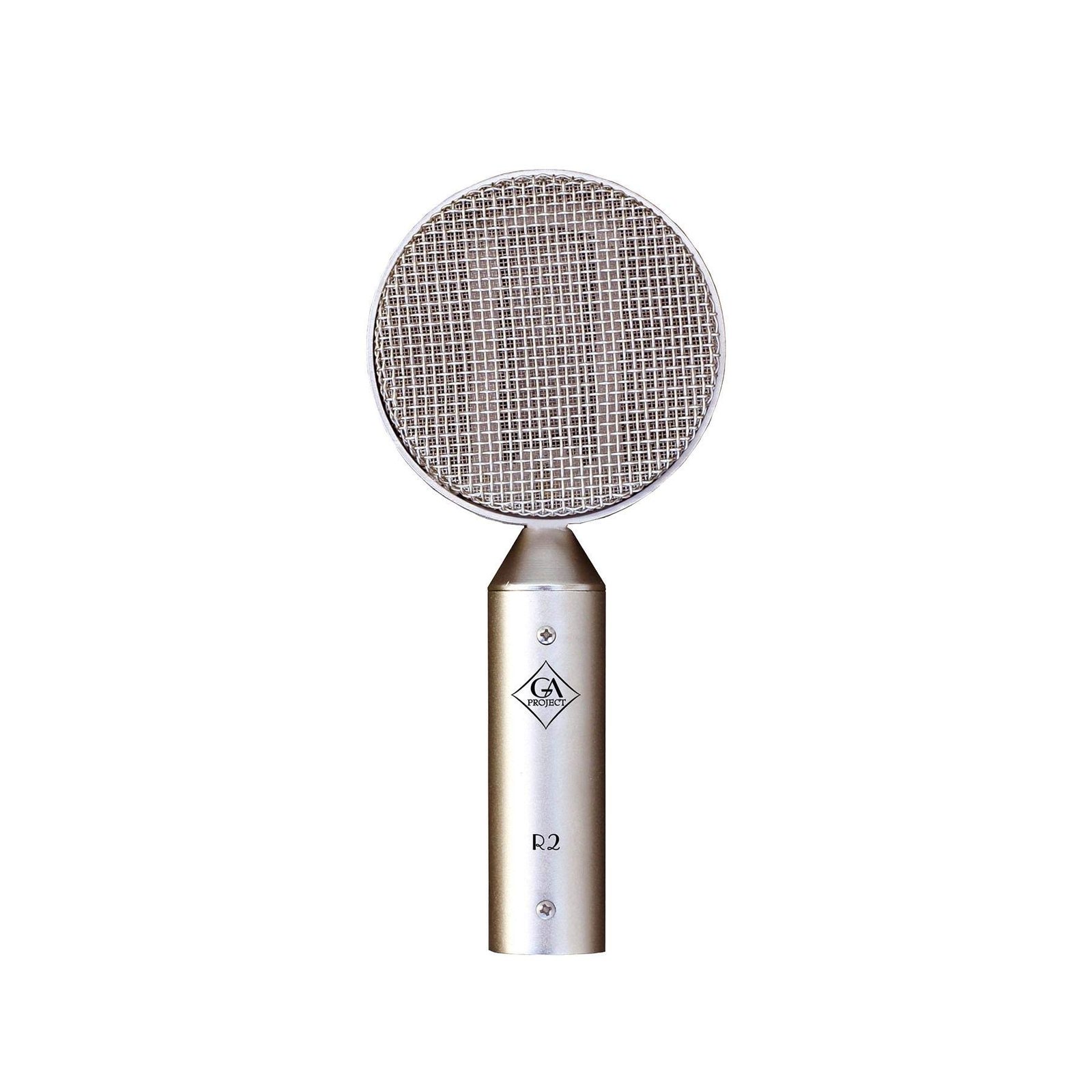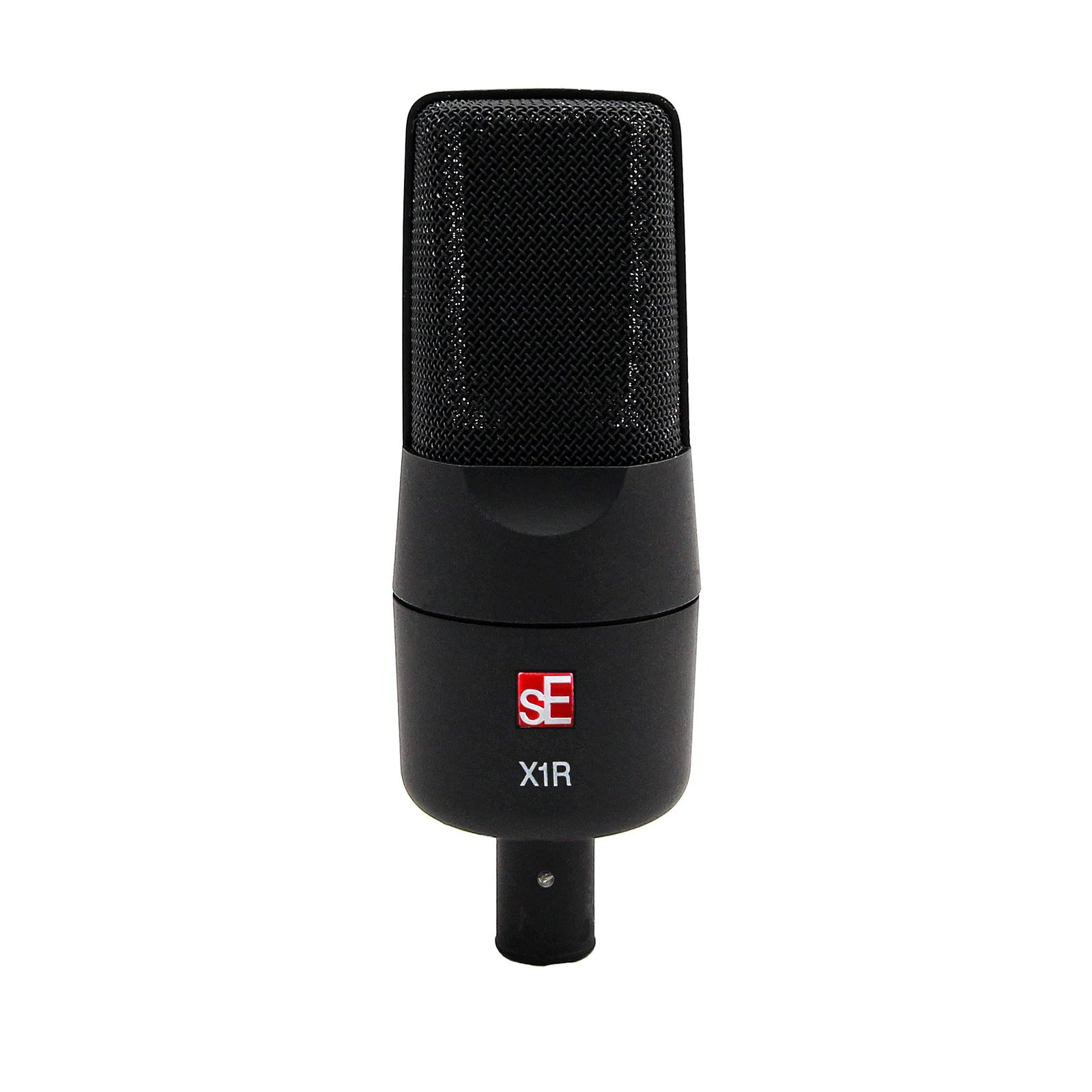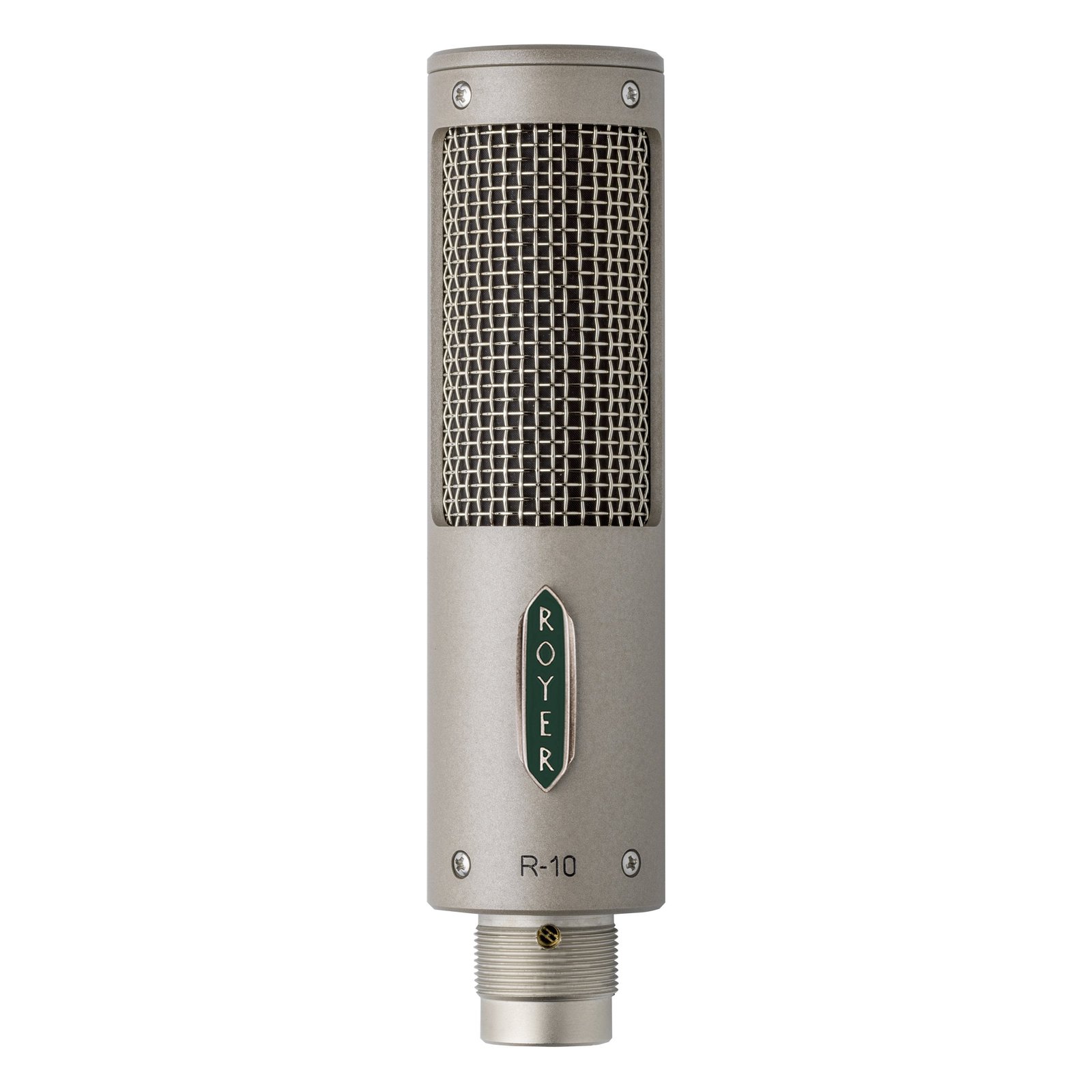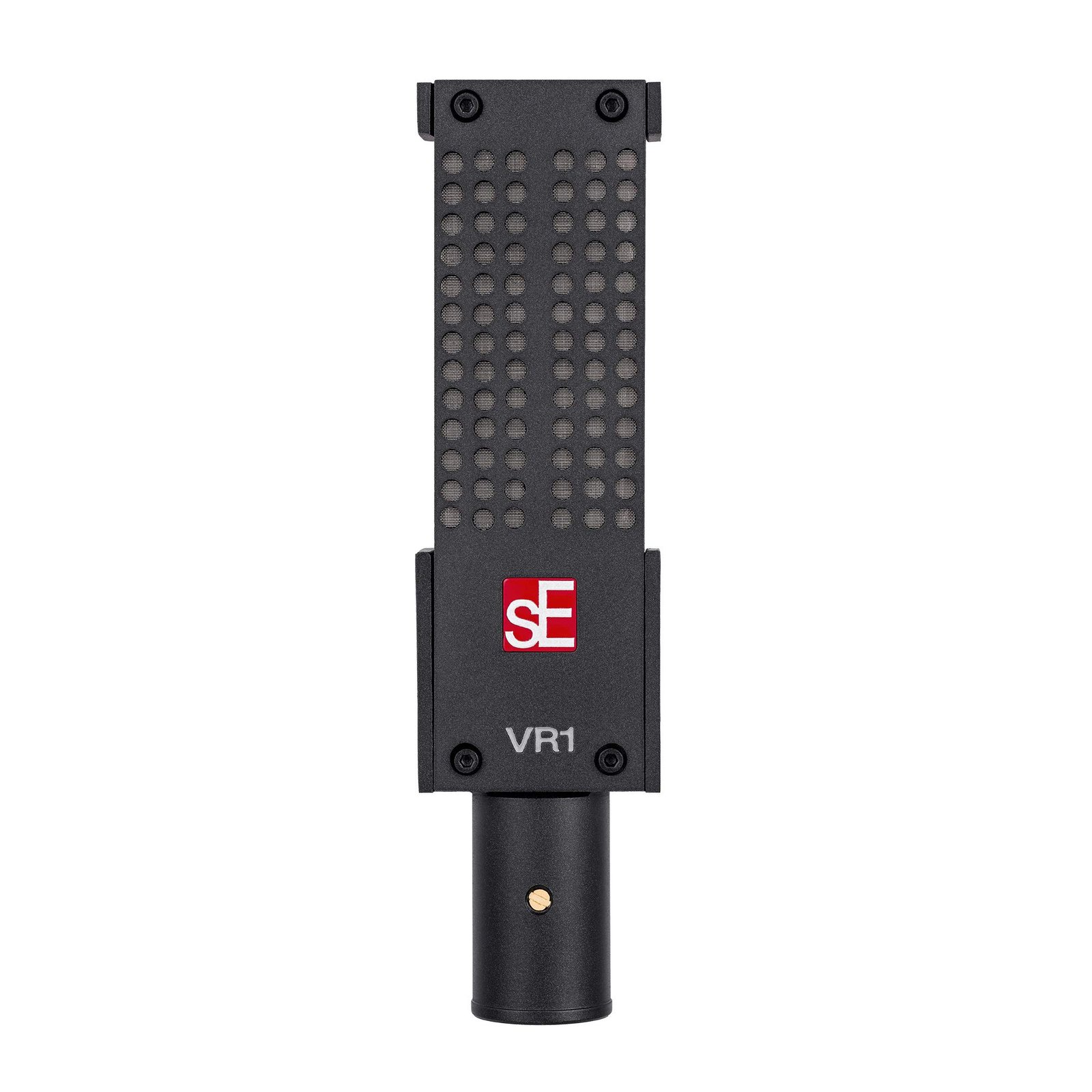Ribbon microphones have a rich history in the world of audio recording, prized for their smooth, natural sound.
Unlike dynamic and condenser microphones, ribbon mics use a thin metal ribbon suspended in a magnetic field to capture sound waves, which results in their unique sonic signature.
You’ll often find them in studios for recording vocals, guitars, and other instruments where a warm and clear sound is desired.
When it comes to choosing a ribbon microphone, there are a few critical factors to consider.
Sensitivity and durability are important—ribbon mics can be more fragile than other types, so they need to be handled with care.
Additionally, pay attention to the microphone’s frequency response, which will affect how accurately it captures different sounds.
It’s also worth considering the design and build quality, as this will impact the product’s longevity and performance in various settings.
Ribbon microphones can offer unparalleled sound quality for certain recording needs if chosen wisely.
In the following sections, you’ll find insights into some of the best options available today, helping you make an informed choice for your recording setup.
Best Ribbon Microphones
You’re diving into the world of ribbon microphones, a top pick for capturing rich, vintage sound.
Whether you’re recording vocals, instruments, or podcasts, these picks offer unique qualities to enhance your projects.
Get ready to explore some of the finest options available in the market today.
MXL R144 HE Ribbon Microphone
If you’re after a versatile ribbon microphone with a classic vibe and solid performance, this option is a great choice.
- Great at enhancing audio with character and depth.
- Highly affordable for the quality it offers.
- Compact and designed to look sleek.
- Not ideal for outdoor use due to its sensitivity.
- Lacks the warmest sound compared to some high-end alternatives.
- Can be power-hungry without the right equipment.
Looking to capture those warm, rich tones in your recordings? The MXL R144 HE might be just the thing.
This microphone excels in adding unique character to your audio, making it fantastic for a range of instruments and vocals.
Plus, it’s reasonably priced, providing good value for your investment.
While it’s a solid mic for indoor settings, be cautious with its placement.
It’s quite sensitive and doesn’t handle outside elements well.
You’ll also need to ensure your setup can properly power a ribbon mic like this.
The metallic finish is not just stunning, it’s practical too, offering durability and a classy touch to your studio.
Despite a few quirks, you’ll likely find it to be a reliable choice, especially if aesthetics and warmth in sound are high on your priority list.
Suitable for home studios and professional environments alike, it might be your new favorite tool for capturing that impeccable sound.
Golden Age R2 MKII Ribbon Mic
A solid choice for those wanting classic ribbon mic sound without breaking the bank.
- Captures rich sound quality.
- Ideal for both vocals and instruments.
- Durable brass construction.
- Requires preamp with sufficient gain.
- Not the lightest option.
- Figure-8 pattern may capture unwanted background noise.
The Golden Age R2 MKII Ribbon Mic offers a warm, classic tone, making it suitable for studio enthusiasts focused on authentic sound reproduction.
Its robust build with brass material ensures longevity, giving you peace of mind for long-term use.
Perfect for studio environments, this microphone shines when capturing vocals and instruments.
You’ll need to pair it with a good preamp to maximize its potential since ribbon mics generally need more gain.
Though a bit on the heavier side, this weight contributes to its sturdy feel.
The figure-8 polar pattern excels in picking up sound from multiple sources, though it might catch some background noise.
If you’re shopping for a ribbon mic on a budget, this model delivers much of what high-end options provide without the hefty price tag.
It seems ready to become an essential part of your recording setup, particularly if you appreciate its classic performance.
SE Electronics X1-R Ribbon Microphone
The SE Electronics X1-R Ribbon Microphone offers excellent value for capturing rich audio with warmth and clarity, making it a solid choice for various recording needs.
- Captures warm and natural sound, great for vocals and instruments.
- Durable brass construction enhances longevity.
- Versatile connectivity options with included clip and XLR compatibility.
- Slightly higher self-noise level, which might need some extra attention.
- Requires careful handling due to the delicate ribbon element.
- May need EQ adjustments to reduce muddiness in certain frequencies.
This microphone excels in capturing the warmth and clarity required for detailed recordings.
You’ll find its performance impressive, especially when used with voiceover work or instrumental recordings.
The rich, natural sound output makes it particularly well-suited for bright rooms.
Despite its strengths, you might notice some self-noise.
This could require a more controlled recording environment or post-production tweaks.
Careful handling is advised, as the ribbon can be fragile, but with proper use, it will become a reliable addition to your setup.
This model shines when paired with other microphones for multi-layered audio projects.
Whether you’re just starting or looking to expand your home studio, the X1-R provides a warm, classic ribbon mic sound that bolsters your recordings without breaking the bank.
Royer R-10 Ribbon Microphone
If you’re looking for a rugged and versatile ribbon mic that delivers clear, warm sound in both studio and live settings, the Royer R-10 is a great choice.
- Handles extremely high sound pressure levels effortlessly
- Built to last with a compact and durable design
- Provides a warm, rich sound profile perfect for various instruments
- May need an inline preamp for optimal performance
- Not ideal for very bright sound applications
- Figure-8 polar pattern might require careful placement
This microphone’s design minimizes vibration, which is great for reducing unwanted noise.
You’ll appreciate its hand-built quality, showcasing precision from Royer Labs.
Live performances or studio sessions will benefit from the R-10’s flexibility.
Its compact form factor makes it easy to position, giving you the freedom to mic different instruments without hassle.
It might not be the best fit for every situation, particularly if you need super bright highs.
Nonetheless, it stands out with its balanced warmth.
Many users find the R-10 to be a reliable addition to their gear.
Whether you’re miking guitar amps or capturing acoustic performances, it holds up well.
With its enduring build and premium sound, this mic has earned positive reviews among professionals.
sE Voodoo VR1 Ribbon Microphone
A solid choice for crisp recordings that won’t break the bank.
- Delivers clear and natural sound.
- Compact and easy to position.
- Solid performance for its price bracket.
- May require additional equipment for optimal results.
- Limited directional pattern.
- Not the lightest model available.
This microphone stands out because of its ability to capture the authentic essence of sound.
With its passive ribbon design and unidirectional polar pattern, you delight in a focused and warm recording experience.
It’s great for both voice and instrument recording, making it versatile for various needs.
The sE Voodoo VR1 comes with a durable aluminum body, ensuring longevity, and its design is both unique and practical.
You’ll appreciate the simple XLR connectivity, which makes it easy to integrate into existing setups.
Whether you’re just getting into ribbon microphones or adding to a collection, it’s a reliable pick given its competitive price.
The sound quality it delivers, combined with its build and design, makes it a worthy investment for those prioritizing quality on a budget.
Buying Guide
When you’re in the market for a ribbon microphone, you’ll want to weigh several key factors to make the best choice.
Let’s break it down.
Sensitivity
Ribbon microphones are typically less sensitive than other types.
If you’re planning to capture quiet sounds, look for designs with enhanced sensitivity.
This will help you get the desired quality without cranking up the gain too much.
Frequency Response
You’ll want a mic with a broad and smooth frequency response for natural sound.
Examine the frequency range specifications. A wider range often means a more versatile microphone.
Durability
Ribbon mics are known for their delicate design.
Ensure the one you choose has a robust build.
Some feature protective materials or cases, which can offer extra peace of mind.
Polar Pattern
Most ribbon microphones are bidirectional, picking up sound from the front and back.
Consider if this suits your recording needs.
If you’re recording groups or rooms, this can be an advantage.
Budget
It’s tempting to go all out, but set a realistic budget.
Higher-priced doesn’t always mean better, so find the sweet spot where quality meets your price range. List your priorities and compare what fits best.
Table: Feature Checklist
| Feature | Importance |
|---|---|
| Sensitivity | High |
| Frequency Response | Broad and Smooth |
| Durability | Essential |
| Polar Pattern | Depends on Use |
| Budget | Personal Choice |
Keep these tips in mind during your search to find the ribbon microphone that best suits your needs.
Frequently Asked Questions
Ribbon microphones have a unique design and sound profile.
They are often compared to condenser microphones and vary greatly in price.
Here’s what you need to know before making a purchase.
How do ribbon mics work?
Ribbon microphones use a thin metallic ribbon suspended in a magnetic field to capture sound.
When sound waves hit the ribbon, it vibrates and creates an electrical signal.
This design makes them sensitive and able to capture detailed audio.
What’s the difference between ribbon and condenser mics?
Ribbon mics and condenser mics differ in design and sound quality.
Ribbon mics are usually more sensitive to lower frequencies and offer a warmer tone.
Condenser mics, on the other hand, are better for capturing high frequencies and have a brighter sound.
Can you give me examples of the best ribbon mics out there?
Some popular ribbon microphones include the Royer R-121, AEA R84, and Beyerdynamic M160.
These models are known for their durability and excellent sound quality, making them favorites among audio professionals.
What are the pros and cons of ribbon mics?
Ribbon microphones shine in capturing natural sound with their smooth frequency response.
They can be delicate and require careful handling, though.
They also need a preamp with sufficient gain.
Being bi-directional, they pick up sound from both sides, which can be both a perk and a challenge depending on the situation.
How much cash am I dropping on a ribbon microphone?
Expect to spend anywhere from a few hundred to several thousand dollars on a ribbon microphone.
Entry-level models may start around $200-$300, while high-end options can exceed $3,000.
The price often reflects the build quality, durability, and sound characteristics.
Are ribbon microphones really worth the hype?
If you value rich, warm audio quality and intend to record in a controlled environment, ribbon mics are a great investment.
They’re ideal for recording vocals, strings, and brass instruments.
However, they’re not the best choice for live performances or rough handling due to their sensitivity.

